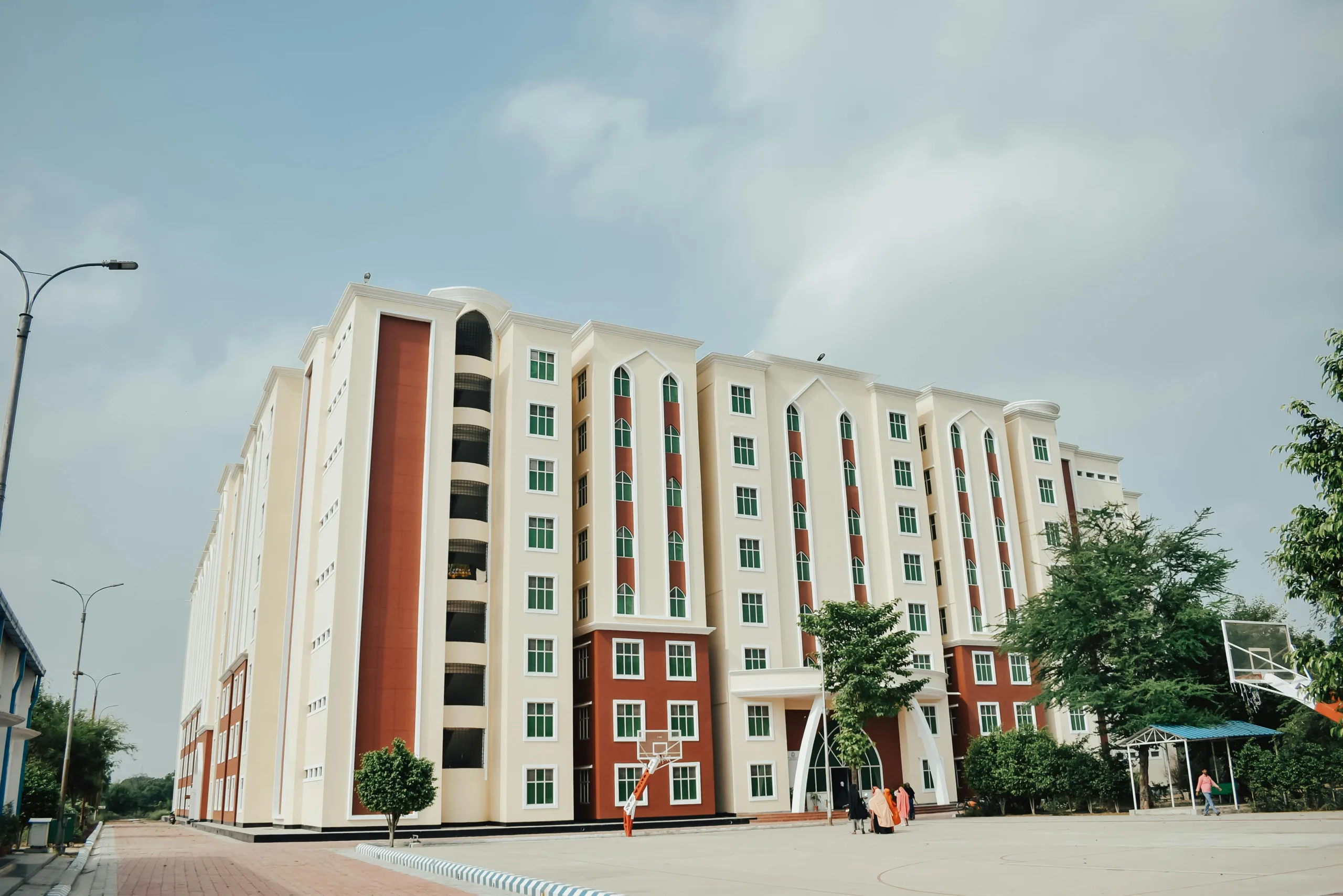- CMBS delinquencies surged 45 basis points to 6.36%, driven by stress in office and multifamily sectors, marking the highest rate since 2013.
- All other major lender types—including Freddie Mac, Fannie Mae, life insurers, and banks—also saw small upticks in delinquencies, though rates remain well below CMBS levels.
- Varying definitions of delinquency by lender type complicate direct comparisons, highlighting structural differences in how risk is measured and reported across capital sources.
A Broad-Based Increase
Commercial mortgage delinquencies ticked upward across all major lending categories in Q2, according to Globe St.
While the steepest jump came from the CMBS sector, all lender types reported some level of increase, signaling broadening pressure in commercial real estate debt.
The MBA report attributed the higher CMBS delinquency rate—up 45 basis points from Q1 to 6.36%—largely to continued distress in the multifamily and office property sectors. “Delinquency trends continue to reflect differences in property type, loan structure, geography, and borrower profile,” said Reggie Booker, MBA’s associate VP of commercial real estate research.
Smaller Increases, Lower Rates Elsewhere
Other capital sources showed more modest increases:
- Freddie Mac: 0.47% (up 1 basis point)
- Life Insurers: 0.51% (up 1 basis point)
- Fannie Mae: 0.61% (up 2 basis points)
- Banks & Thrifts: 1.29% (up 1 basis point)
Despite the increases, these lenders continue to report significantly lower delinquency rates than CMBS, underscoring the comparative conservatism in underwriting or portfolio composition.
Not Apples to Apples
Direct comparisons across capital sources remain challenging due to differing delinquency definitions:
- CMBS: Loans are counted as delinquent at just 30 days past due or once in REO status.
- Banks & Thrifts: 90-day threshold.
- Fannie Mae, Freddie Mac, and Life Insurers: 60-day threshold.
This means a loan 88 days delinquent might not show up in bank data but would have already been flagged in the CMBS pool months earlier.
Get Smarter about what matters in CRE
Stay ahead of trends in commercial real estate with CRE Daily – the free newsletter delivering everything you need to start your day in just 5-minutes
Historical Perspective
- CMBS delinquencies are now near levels last seen in 2013.
- Bank and thrift portfolios have returned to 2014-era delinquency levels.
- Life insurance portfolios, typically considered most conservative, are at late 1990s levels.
- Freddie Mac’s rate is now the highest since 2011.
Since 1995, delinquency ranges have varied widely by lender:
- CMBS: 0.2% – 9.6%
- Life Insurers: 0% – 2.6%
- Fannie Mae: Near 0% – 1.1%
- Freddie Mac: 0% – 3.1%
- Banks & Thrifts: 0% – 4.4%
Why It Matters
Rising delinquency rates signal mounting financial pressure in the CRE sector—especially in office and multifamily segments. For investors, lenders, and developers, the trend could foreshadow tighter lending conditions, reduced liquidity, and a more cautious approach to new financing.
What’s Next
Watch for increasing loan workouts, restructuring talks, and potential defaults—especially in CMBS pools. As economic headwinds persist and higher-for-longer interest rates squeeze borrowers, delinquency levels could continue to climb into 2026.


















